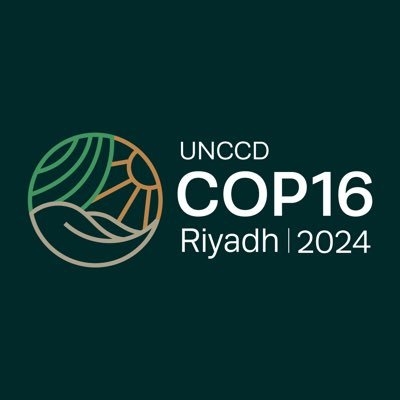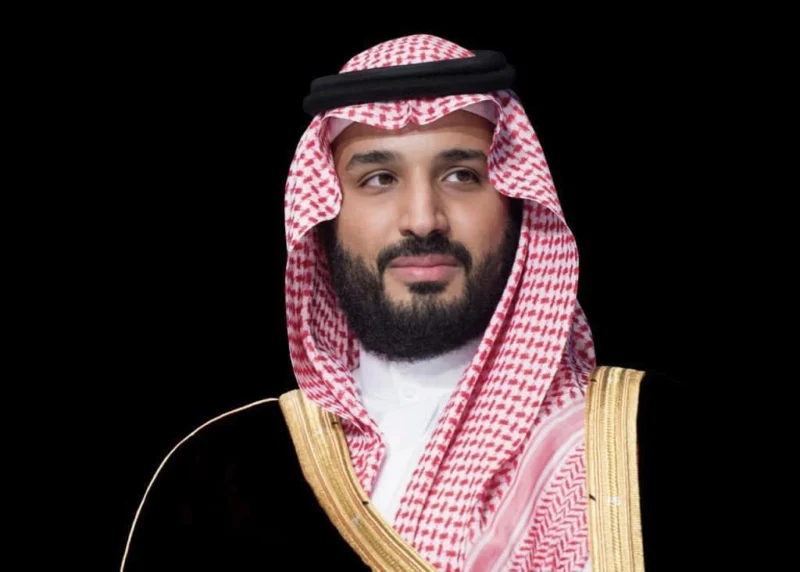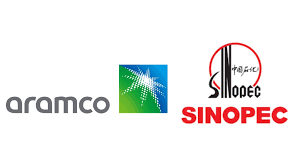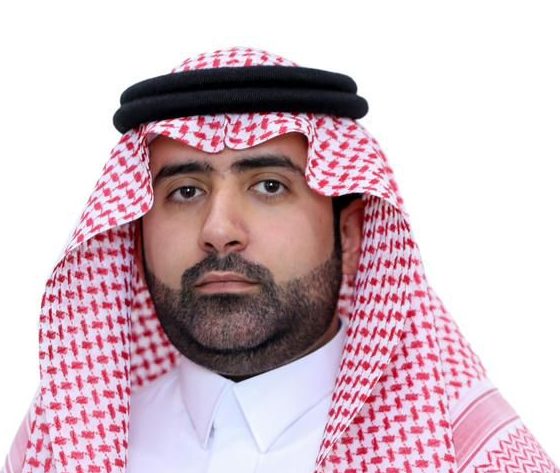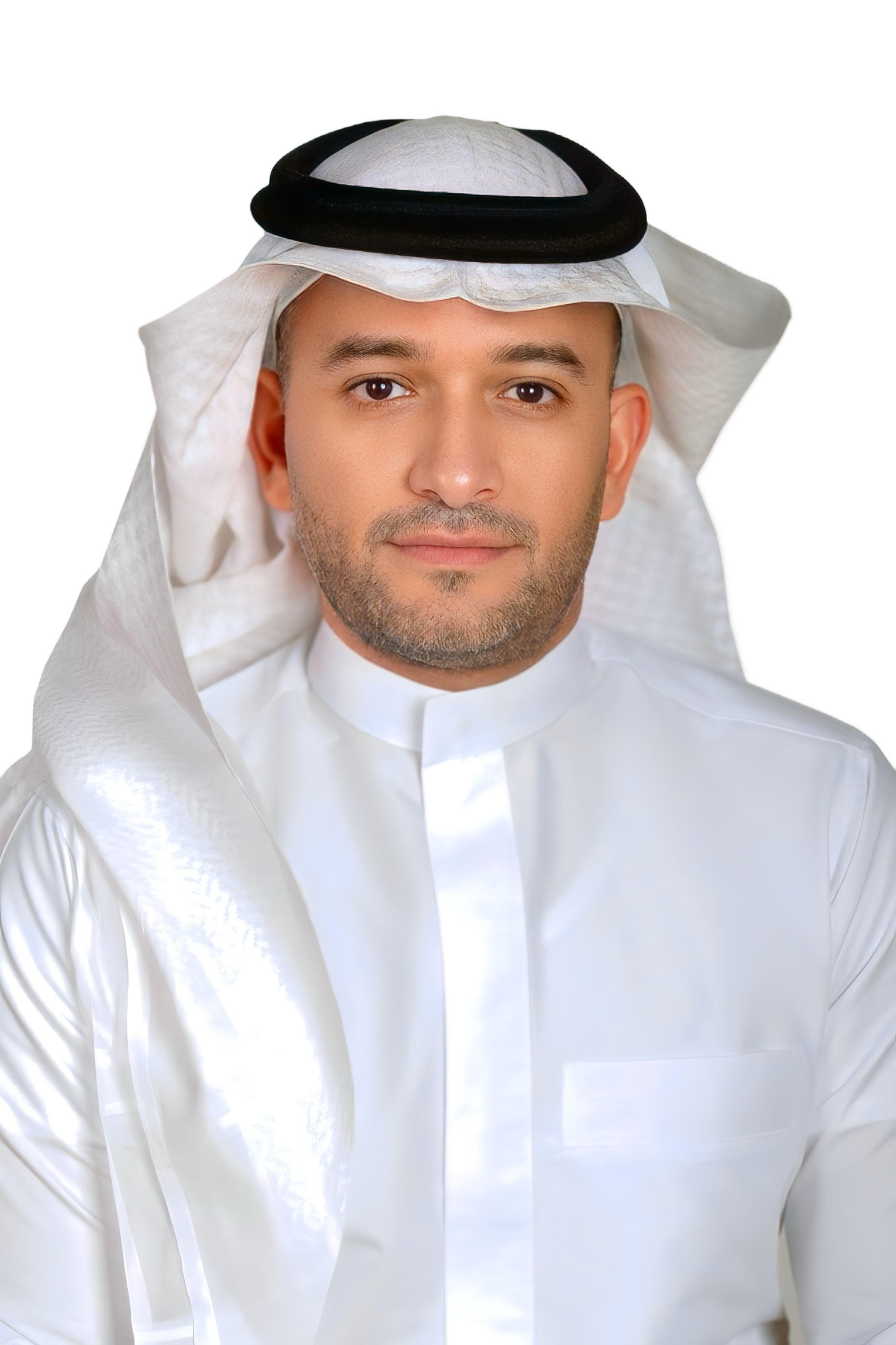Publisher: Maaal International Media Company
License: 465734
COP16 to Begin in Saudi Arabia as World Seeks Urgent Solutions to Land Degradation, Desertification and Drought
The largest-ever meeting of the United Nations Convention to Combat Desertification (UNCCD) is set to kick off in Riyadh with an action-packed agenda to drive multilateral action on land degradation, drought and desertification. Dignitaries, policymakers, global institutions, businesses, NGOs and key stakeholders are arriving in Saudi Arabia’s capital ahead of a critical conference to accelerate global land restoration and drought resilience initiatives.
Running December 2 to 13, the first few days of UNCCD COP16 are set to see a number of high-profile summits, ministerial dialogues, and announcements to address the pressing challenges associated with land degradation, degradation and drought. On December 2, Saudi Arabia’s UNCCD Presidency will launch the groundbreaking Riyadh Global Drought Resilience Initiative to accelerate international action on drought resilience and ensure a more cohesive and proactive global approach to tackling drought.
Bolstering global drought resilience is a focal point of COP16, and the high-level One Water Summit will take place in Riyadh on December 03 to address global water scarcity and water challenges. Originally announced on the sidelines of COP28 in partnership with Saudi Arabia, the summit aims to enhance global water governance and will feature involvement from the President of the French Republic, Emmanuel Macron, the President of the Republic of Kazakhstan, Kassym-Jomart Tokayev, and the President of the World Bank, Ajay Banga.
اقرأ المزيد
In tandem, the Saudi Green Initiative (SGI) Forum (December 2-3) will include hundreds of policymakers, business leaders and subject matter experts from across the world in the dedicated SGI Pavilion in the COP16 Green Zone to explore the progress made by the SGI energy and environmental tracks, sharing best practices and future projections. The Second International Forum on Greening Technologies will also occur in the Green Zone between December 6-8, including dozens of tailored sessions to explore solutions, innovations, and lessons learned from global greening projects, showcasing the scientific research associated with restoration projects worldwide.
“This is a critical moment to address land degradation, drought and desertification,” said Dr. Osama Faqeeha, Deputy Minister for Environment, Ministry of Environment, Water and Agriculture, and Advisor to the UNCCD COP16 Presidency. “For too long, these devastating global crises have not received the attention they deserve internationally. As hosts, we welcome the world to Riyadh to help find lasting solutions. We will deliver the largest UNCCD COP to date to mobilize multilateral action on land restoration and drought resilience,” Dr. Faqeeha added.
Saudi Arabia’s COP16 Presidency is also set to strengthen the Action Agenda by encouraging governments and non-state actors to champion initiatives that deliver lasting solutions for land degradation, desertification, and drought. As part of the COP16 Presidency, Saudi Arabia intends to work with the champions of these initiatives to strengthen their synergies over the next two years.
“The Action Agenda under COP16 sets out an ambitious vision and goals to harness the collective energies of non-state actors, including businesses, farmers, regions, cities, financial institutions, investors, civil society and indigenous people, to catalyze practical solutions and drive measurable progress towards the goals of the UNCCD,” said Nigel Topping, Ambition Loop Founder and former UN Climate Change High-Level Champion at COP26.
COP16 in Riyadh is the first UNCCD conference to be held in the Middle East region, the first to feature a Green Zone, and the largest multilateral conference ever hosted by Saudi Arabia. According to the UNCCD, land degradation affects nearly 40% of the planet and impacts the lives of over 3.2 billion people. Every year, 100 million hectares of land are degraded, with drought frequency and intensity increasing by nearly a third since 2000.


